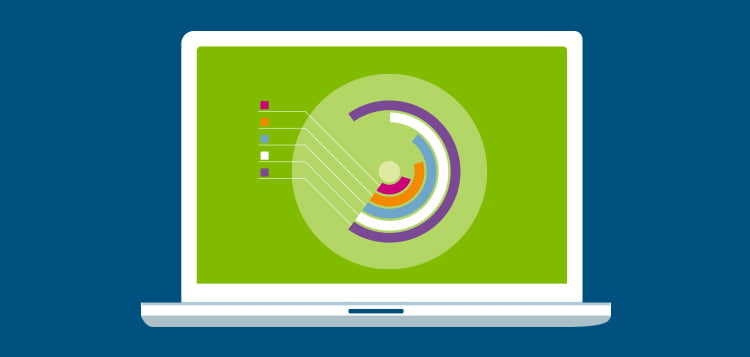Fascinated In Learning Exactly How Internet Site Layout Has Altered Over The Years? Explore The Journey
Fascinated In Learning Exactly How Internet Site Layout Has Altered Over The Years? Explore The Journey
Blog Article
Staff Writer-Tobiasen Hejlesen
In the past, internet sites were straightforward and focused on info. Navigating was direct, and style was for desktops. Currently, individual experience is vital. Data overviews layouts for easy navigating. Receptive designs match various devices. Today, dark setting decreases pressure, and minimal menus enhance navigation. Interactive attributes engage users, and strong visuals stick out. AI assimilation increases engagement. See exactly how layout has actually developed to improve your on-line trip.
Very Early Days of Web Design
In the early days of web design, simplicity reigned supreme. Internet sites were basic, with limited shades, fonts, and designs. The focus was on providing information instead of fancy visuals. Individuals accessed the web with slow dial-up connections, so speed and functionality were crucial.
Navigation menus were straightforward, commonly located on top or side of the web page. Web sites were made for desktop, as mobile surfing had not been yet widespread. Content was king, and developers prioritized easy readability over complicated layout elements.
HTML was the main coding language used, and developers had to work within its constraints. Computer animations and interactive features were marginal compared to today's requirements. Sites were fixed, with little dynamic content or individualized individual experiences.
Increase of User-Focused Layout
With the evolution of website design, a shift towards user-focused layout concepts has actually come to be progressively famous. Today, creating websites that focus on individual experience is crucial for engaging visitors and achieving organization goals. User-focused style involves understanding the demands, choices, and behaviors of your target market to tailor the internet site's layout, content, and includes accordingly.
Developers now carry out thorough research study, such as customer studies and use screening, to collect understandings and feedback directly from individuals. This data-driven approach assists in developing intuitive navigating, clear calls-to-action, and visually enticing user interfaces that resonate with site visitors. By placing the user at the facility of the design procedure, sites can supply a much more personalized and delightful experience.
Receptive layout has actually additionally become a vital element of user-focused design, guaranteeing that web sites are optimized for different devices and display dimensions. This flexibility improves ease of access and use, catering to the diverse means users connect with web sites today. Fundamentally, the increase of user-focused layout indicates a shift in the direction of creating electronic experiences that prioritize the demands and expectations of the end customer.
Modern Trends in Web Design
Explore the most recent trends forming website design today. One famous fad is dark mode design, offering a smooth and modern-day appearance while lowering eye strain in low-light environments. An additional essential fad is minimal navigation, simplifying menus and boosting user experience by focusing on essential elements. Integrating micro-interactions, such as computer animated switches or scrolling impacts, can create an extra appealing and interactive internet site. Responsive design continues to be important, ensuring smooth individual experiences throughout different devices. Furthermore, making have a peek at this website of strong typography and unbalanced formats can add aesthetic passion and draw attention to certain material.
Incorporating AI modern technology, like chatbots for customer support or individualized suggestions, improves customer engagement and enhances procedures. Ease of access has also become a significant pattern, with designers prioritizing inclusive style techniques to satisfy varied user demands. Welcoming sustainability by maximizing internet site performance for rate and performance is another arising pattern in web design. Working together with user responses and information analytics to iterate and enhance layout constantly is essential for staying pertinent in the ever-evolving digital landscape. By accepting these modern-day trends, you can create an aesthetically attractive, easy to use website that reverberates with your audience.
Final thought
As you review the evolution of internet site design from the early days to currently, you can see how user-focused style has actually ended up being the driving pressure behind contemporary fads.
Embrace the journey of adjustment and adjustment in web design, constantly maintaining the user experience at the center.
Tippingpointdigital
Stay present with the latest trends and technologies, and never ever quit advancing your strategy to produce visually spectacular and straightforward web sites.
Progress, adjust, and develop - the future of website design remains in your hands.
